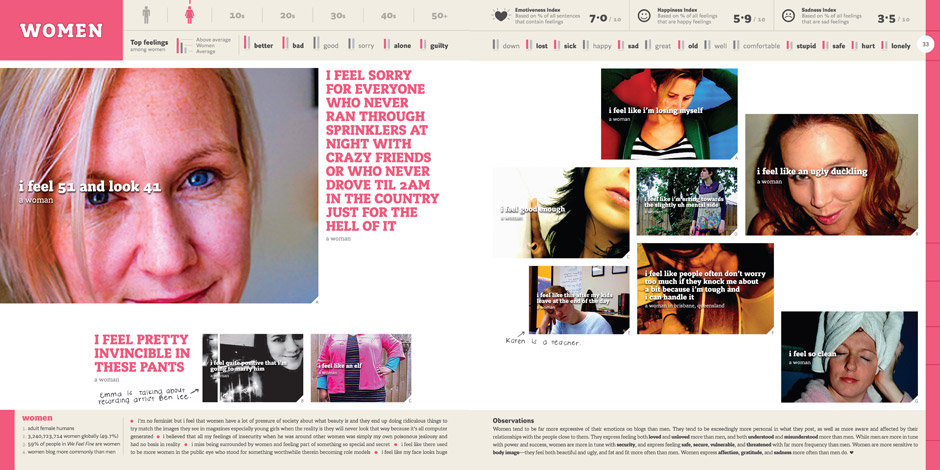I am definitely going to try to get my booty to Performance Lab this fall. G Hoffman Soto, on faculty at the Tamalpa Institute, is pure genious. In his classes in the past, I have learned so much about myself, not only anatomically and physiologically, but at a deep and embodied level. I hear my heart beat, feel my blood like warm jelly spreading throughout my fingers and toes. I feel powerful, I feel strong. Alive. For anyone interested in expressive arts or creative arts therapies, Soto creates and fosters a safe environment to explore the self, your relationship with others, and the world, its a blending of dance class meets improvisation meets drama therapy. It is truly a mystifying and enlivening experience to attend Performance Lab. Hope to see you there!
IMPROVISATION AND THE PERFORMANCE LAB
Improvisation is a powerful metaphor for life. Studying improvisation provides a vehicle to understanding who we are in the present moment, and to develop ourselves through being awake and present in the moment. To improvise you have to be able to put aside your everyday mind and open up to a state of mind that exists in the now. You have to give over to the bodymind, the movement, and the present moment.
Movement, and a strong embodied physical presence, anchors and centers us in our bodies and in the present. The process is supported with awareness work to assist us in developing a strong kinesthetic base. From the embodied state we can begin to shape and change ourselves and our material both as artists and as human beings. Our personal history lives in the body and through the body we can access this energy and channel it into our creative life.
Improvisation comes very close to mirroring life. It is an art form that has the potential to be a direct reflection and practice of being. When improvising one has to be present and respond in a way that keeps this moment, and what is happening in the moment, alive.
The second part of the Performance Lab process is Movement Exploration. Movement Exploration is a development and refinement of the material that arises from the Improvisation process. M E allows us to recycle and rework our material, to shape and deepen it, and ourselves, in this model.
The Lab provides an environment for participants to develop skills for ones personal creative process through performance. The process moves through awareness, expanded artistic expression, and creativity for personal growth and embodiment that leads to transformation through the Movement Theater model.
The work unfolds in solo, duets, trios and ensemble configurations. The voice and spoken word layer and texture the work to give it a dynamic range of expression and creativity. The spoken word includes improvised text, as well as, developing our personal stories and myths.
The Performance Lab is for performers, actors, dancers, teachers, therapists, coaches, housewives and everybody and anybody who wants to develop themselves as artists, performers and human beings.
While talking about being one with the Tao, Lao Tsu said, “Accept what is in front of you without wanting the situation to be other than it is.” If we add to that “yes, accept what is, and then work with it,” then we have an idea of what Improvisation can be.
The Performance Lab is movement theater model that creates a space to explore, improvise, express and create in movement, voice and spoken word. The class works through both improvisation and developing material. Participants will work in solo, duet, trio and ensemble configurations and is open to all levels of experience. The class has both advanced and more beginning students. Soto believes that we all learn from each other regardless of our experience.
G Hoffman Soto has been teaching, performing and studying movement since 1968. He has been developing this body of work for over 25 years. Soto has taught internationally since 1979 throughout Europe, Japan, Lebanon, New Zealand, Australia and Hong Kong. He has been associated with Anna Halprin, the San Francisco Dancers’ Workshop and Tamalpa Institute since 1973 and has a wide background in Post Modern Dance, various movement and awareness studies, Martial Arts and Body Work. Soto subscribes to the theory that creativity goes to the very core of what it means to be human. “When we are involved in the creative process we are anchoring ourselves in our humanness.”
When: Monday evenings 7pm to 9:30pm, beginning November 16 until December 14. The final class will be a student studio performance.
Where: Mary Sano Dance Studio at 245 5th Street #314, San Francisco between Howard and Folsom.
Costs: $125 with a $10 discount if paid in full by evening of the first class. For further information, questions and or to send deposits of $50 and reservations please contact:
GH Soto
Tel # 415 342 4899
e mail: sotomotion@me.com
Visit the web site at www.sotomotion.com










